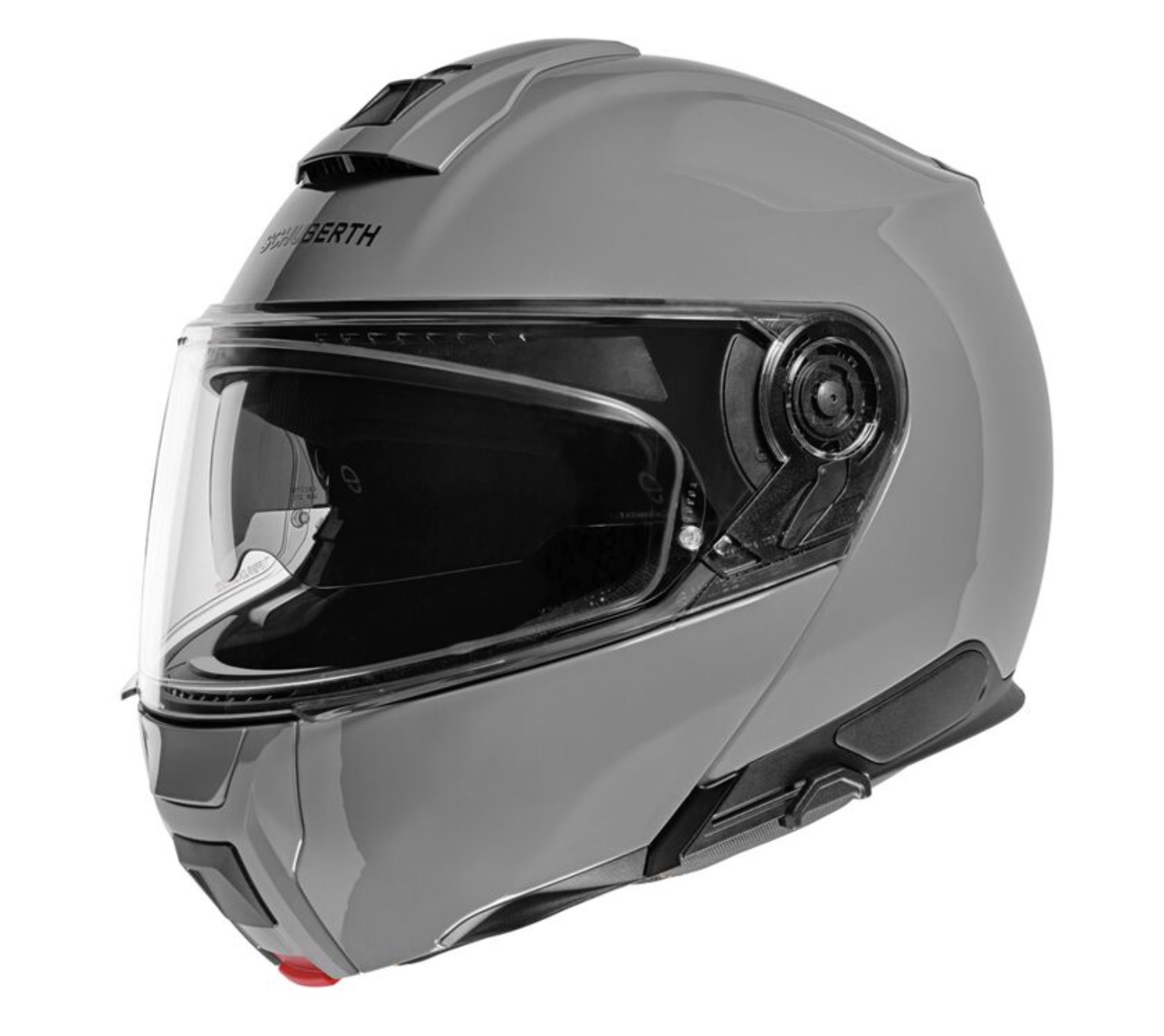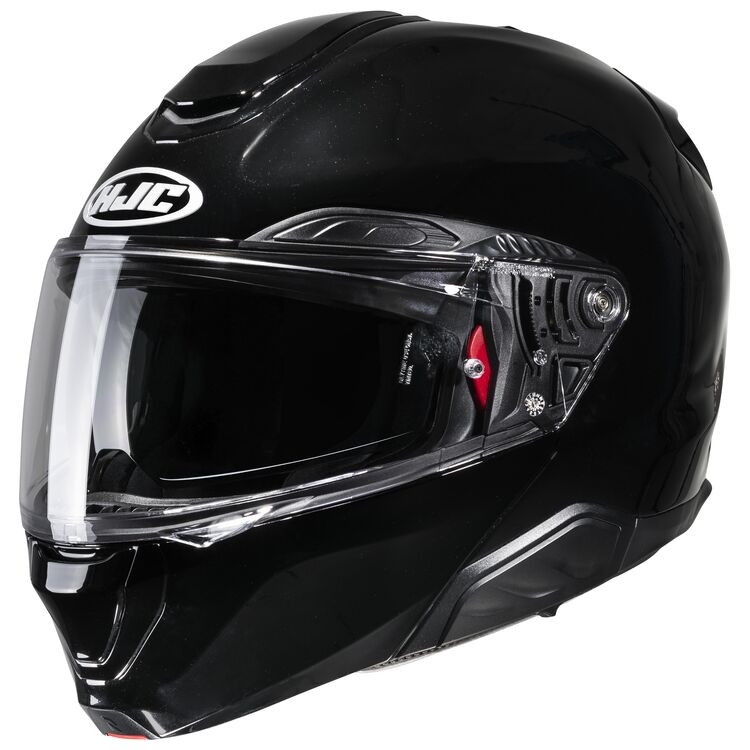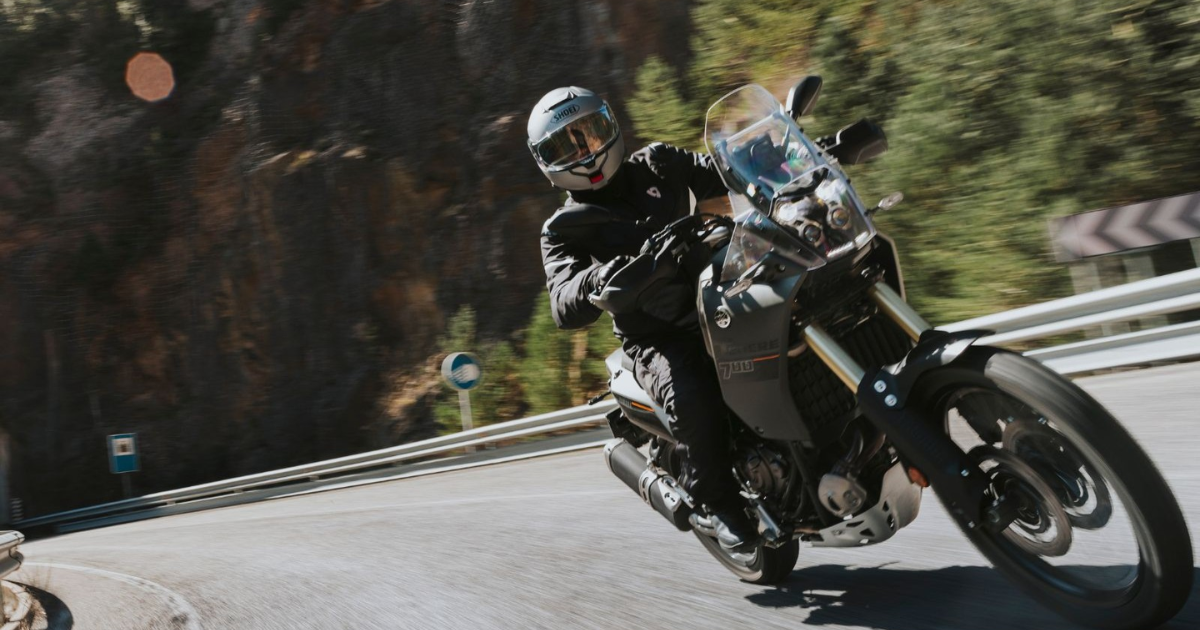
Schuberth C5 vs HJC RPHA 91: Best for Touring & Daily?
left for contents
Modular helmets are a sweet spot between full‑face protection and open‑face convenience. They let you flip up the chin bar at stops without removing the whole helmet and are a favorite among tourers and commuters.
Schuberth’s C5 and HJC’s RPHA 91 sit at the premium end of this category. Both promise long‑distance comfort, quietness and integrated tech compatibility, yet they take different approaches to shell construction, ventilation and price.
The quietest touring helmet money can buy, kitted out with all the features you expect for those long days in the saddle. | A premium DOT-rated modular helmet combining composite‑shell strength with a smooth flip‑front, quiet ride and adjustable sun visor for long-distance touring comfort. |
|
|
|
|
The quietest touring helmet money can buy, kitted out with all the features you expect for those long days in the saddle.
- Modular flip up chin bar
- Drop down sun visor
- Space for integrated comms unit
- Many colorway options
- DOT certified, with ECE in EU
- Not the best option for sport or aggressive riding
- On the heavy end (but Carbon version available)
A premium DOT-rated modular helmet combining composite‑shell strength with a smooth flip‑front, quiet ride and adjustable sun visor for long-distance touring comfort.
- Composite PIM Evo shell offers superior impact protection
- Adjustable drop-down sun visor adapts to changing light
- Very quiet for a modular helmet—~96 dB at highway speeds
- Comfortable, plush liner with interchangeable cheek pads
- On the heavy end (but Carbon version available)
We’ve already featured a dedicated Schuberth C5 review by Melissa, covering five months of use and an easy visor-fix guide — you can read it on our site for a deep dive into how the C5 holds up over time.
This guide compares the two models for riders who split their time between long touring and day‑to‑day rides, highlighting where the extra $200 on the C5 pays off—and where it doesn’t.
Quick Verdict: Which Lid Fits Your Ride?
Schuberth C5: Who it’s For
- Riders seeking the quietest modular available; multiple independent tests report noise levels around 85 dBA at 60 mph.
- Tourers prioritizing refined ventilation and weather sealing. Separate chin and brow vents plus a removable chin‑bar filter provide excellent airflow and defogging.
- Those wanting premium build quality, custom fit and the security of ECE 22.06 & P/J dual homologation (it passed the crash tests with chinbar up!).
- You want a seamless comms integration: The optional SC2 comms integration allows for better range and battery life than any standalone units, and it’s now available for both new-gen Sena and Cardo Packtalk Edge units!
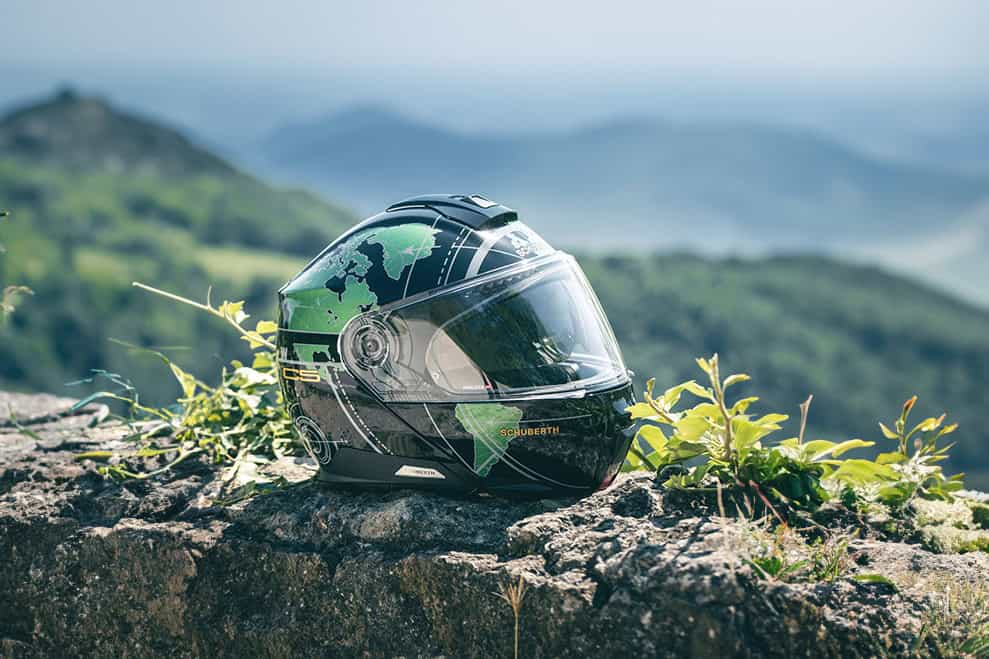
Want to see how the C5 performs after months of hands-on use? Check out our Schuberth C5 long-term review (and visor fix).
The quietest touring helmet money can buy, kitted out with all the features you expect for those long days in the saddle.
- Modular flip up chin bar
- Drop down sun visor
- Space for integrated comms unit
- Many colorway options
- DOT certified, with ECE in EU
Who should buy the HJC RPHA 91
- Riders looking for a premium composite modular at a lower price. The PIM Evo shell combines fiberglass, carbon fiber and aramid for good strength without the Schuberth price tag.
- Commuters who value plush interior comfort and an adjustable sun visor. The RPHA 91’s drop‑down shield is highly praised and the liner rivals more expensive lids.
- Those content with DOT certification and average ventilation. It’s quieter than many modulars but not as hushed or weather‑sealed as the C5.
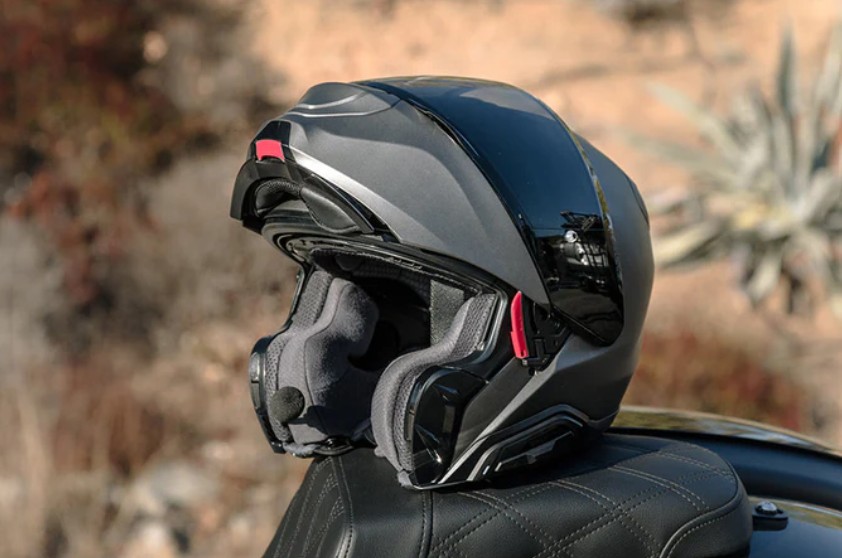
The Schuberth C5 costs roughly US$200 more than the RPHA 91 but brings a quieter ride, ECE 22.06 dual‑homologated shell, superior ventilation and integrated SC2 comms readiness. If quietness and refined touring comfort are priorities, the premium is justified. Otherwise the RPHA 91 delivers much of the modular experience for less.
A premium DOT-rated modular helmet combining composite‑shell strength with a smooth flip‑front, quiet ride and adjustable sun visor for long-distance touring comfort.
- Composite PIM Evo shell offers superior impact protection
- Adjustable drop-down sun visor adapts to changing light
- Very quiet for a modular helmet—~96 dB at highway speeds
- Comfortable, plush liner with interchangeable cheek pads
- Slightly heavy compared to lighter modulars
- Chin bar lock can be finicky to operate with gloves
Specs Snapshot: Side-by-Side at a Glance
| Specs | Schuberth C5 | HJC RPHA 91 |
|---|---|---|
| Weight | ~1.6–1.8 kg (3.5–4.0 lb) depending on shell size | ~1.7–1.8 kg (3.75–4.0 lb)motorcyclenews.com |
| Fit / Shape | Intermediate‑oval head shape; 2 shell sizes with customizable padding (Schuberth Individual Program) | Intermediate‑oval; multiple shell sizes; plush, adjustable liner |
| Shell / Materials | DFP glass‑fiber shell reinforced with carbon fibre | PIM Evo composite (fiberglass, carbon fibre & aramid) |
| Safety / Certification | ECE 22.06 and DOT, P/J dual homologation for riding with chin bar locked open | DOT certified; not dual‑homologated in North America |
| Ventilation / Weatherproofing | Two independent chin vents (defog & mouth), large top vent, rear spoiler exhaust and removable filter. Excellent sealing reduces wind noise. | Chin and crown vents plus brow vents (5 intakes, 7 exhausts). Ventilation is decent but some owners find it average; seals allow more wind noise than the C5. |
| Electronics / Battery | SC2 Bluetooth comms‑ready: built‑in antenna and speakers; separate module sold by Sena/Schuberth | SMART HJC 21B/50B ready: speaker pockets and integrated wiring; modules sold separately |
| Warranty | 5 years | 5 years |
| Street Price (typical) | US$750–$870 depending on graphics and colour | US$550–$630 (solid colours around $550–$565; graphics approx. $630 |
Who Each Helmet Was Built For
Choose Schuberth C5
- Noise isolation matters: You ride long distances at highway speeds and want the quietest modular available. The C5’s wind‑tunnel‑tuned shell, thick neck roll and visor turbulators reduce noise to around 85 dB.
- Premium safety: You value the security of ECE 22.06 certification and P/J dual homologation so you can legally ride with the chin bar up. The Anti‑Roll‑Off strap system further enhances impact retention.
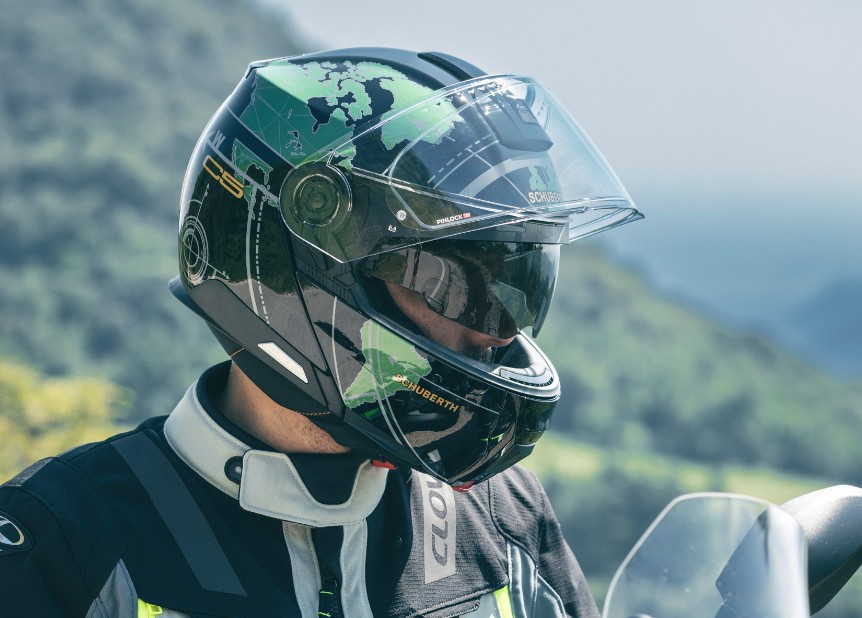
- Superior ventilation: Dual chin vents for demisting and mouth airflow, a big top vent and exhaust spoiler keep you cool on summer tours. The removable filter helps on dusty rides.
- Comms integration: You plan to run Schuberth’s SC2 Bluetooth comms. Built‑in antennas and speakers simplify installation and improve battery life.
- Long‑haul comfort & custom fit: The modular mechanism operates smoothly; interior padding is interchangeable for custom fit, and the visor offers a city‑crack position. Glasses‑friendly cut‑outs reduce pressure points.
Choose HJC RPHA 91
- Budget conscious but premium taste: You want high‑end materials and plush comfort without paying $800+. The RPHA 91 uses HJC’s PIM Evo composite shell and costs roughly $200 less than the C5.
- Comfort & adjustability: The interior is softer than many modulars, with interchangeable cheek pads and an adjustable drop‑down sun visor praised for clarity. Ideal for daily commutes or shorter tours.
- Comms flexibility: It’s ready for HJC’s SMART 21B/50B comm units but also accepts many third‑party systems. You can add Bluetooth later without paying for integration up front.
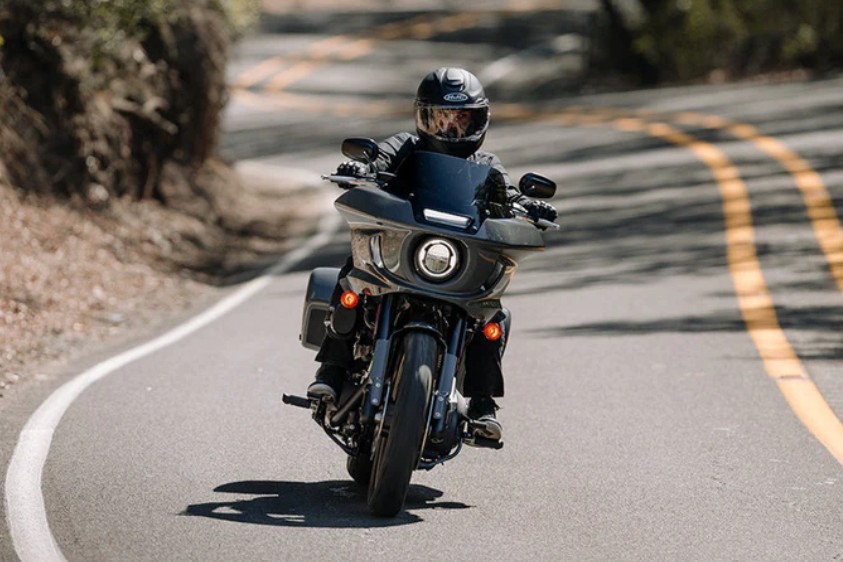
- Acceptable noise & ventilation: While not as quiet or weather‑sealed as the C5, the RPHA 91 is quieter than many polycarbonate modulars and offers reasonable airflow via its chin, crown and brow vents.
- DOT approval meets your needs: If you mainly ride in the U.S. and don’t require P/J certification, the RPHA 91’s DOT rating suffices and keeps the price down.
Voices from the Road: Rider Feedback
Schuberth C5
- Praised for low noise and premium finish; quieter than most modulars.
- Turbulence and buffeting are well-controlled by the aerodynamic shell and deep neck roll.
- Ventilation highly rated: chin vents demist visor without blasting the face; top vent channels airflow across the scalp.
- Some riders find it heavier than expected, especially in larger shell sizes.
- A few report the sun visor drops on its own; Schuberth’s Individual Program or DIY fixes solve this.
- Comfort described as plush, glasses-friendly, and customizable.
- Microlock chin strap can sit awkwardly for some passengers.
- Build quality and finish regarded as top tier.
These impressions align closely with what we found in our five-month C5 review — particularly regarding fit refinement and venting performance over long rides.
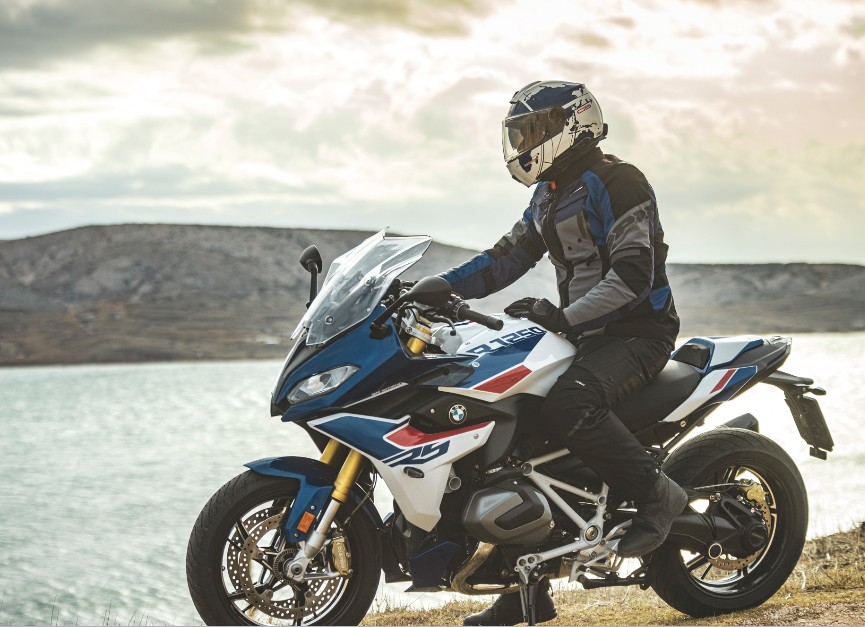
HJC RPHA 91
- Feedback highlights comfort, value, and smooth operation.
- Riders praise the soft, cushiony interior; feels like a pricier helmet.
- Chin-bar mechanism operates smoothly and locks in the up position for convenience at stops.
- Ventilation gets mixed reviews: crown and brow vents work well for some, average for others; hot-weather performance lags behind premium European lids.
- Noise levels are moderate: quieter than budget modulars but louder than Schuberth C5 or Shoei Neotec 3.
- Weighs about 3.8 lb; not the lightest, but balanced weight distribution makes it comfortable for long rides.
- Minor issues: stiff chin-bar lock and visor detents that could be sharper.
- Overall seen as a solid, premium modular at a more accessible price.

Battle of Features: Where They Differ Most
Noise & Aerodynamics
Schuberth C5: The C5’s shell was designed in Schuberth’s wind tunnel, and it shows. A deep neck roll, smooth exterior and small turbulators along the visor edge cut down turbulence. Independent tests report sound pressure levels around 85 dBA at 60 mph—exceptionally quiet for a flip‑front lid. Owners with touring screens note that the C5 stays stable at speed and suffers less buffeting than previous C‑series helmets.
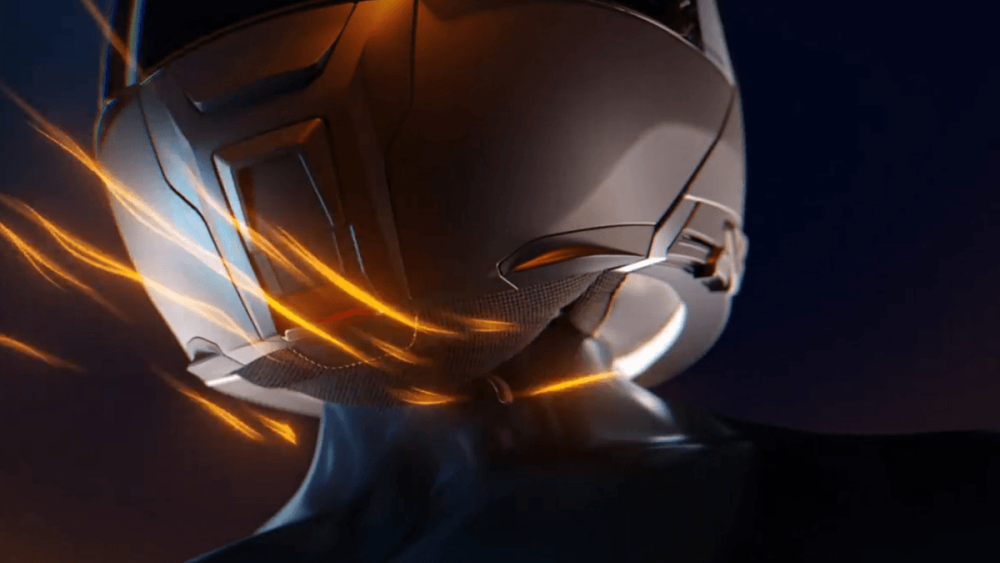
HJC RPHA 91: HJC improved noise control over earlier RPHA modulars, but it doesn’t match the C5. The PIM Evo shell is reasonably smooth and the chin curtain helps, yet more wind makes its way through the neck roll. Testers and owners rate its noise levels as average‑to‑quiet for a modular, but not as hushed as the Schuberth. Aerodynamics are good, with minimal lift or oscillation, but a bit more buffeting is reported when riding behind short screens.
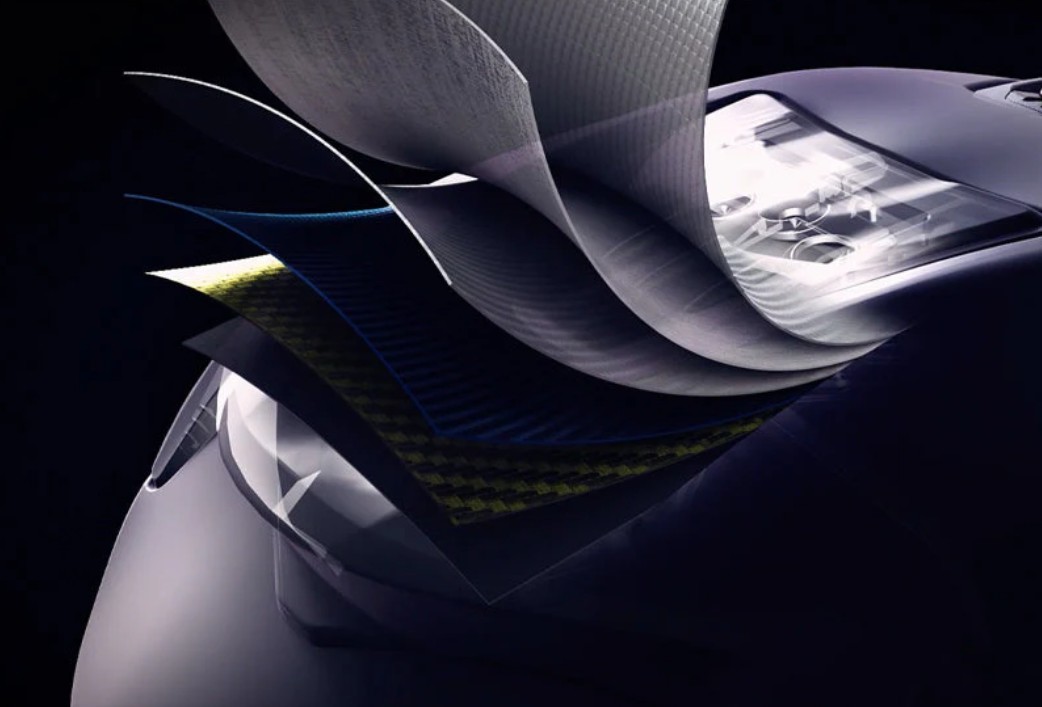
Weight & Long‑Term Comfort
Schuberth C5: At 1.6–1.8 kg (3.5–4.0 lb) the C5 is about average for a modular helmet. Weight distribution is good, though riders with smaller necks may notice fatigue after a long day. The interior padding is thick and supportive; Schuberth’s Individual Program allows swapping out head and cheek pads for a custom fit. A microlock steel chin strap offers easy closure and an Anti‑Roll‑Off System to keep the helmet secure.
HJC RPHA 91: At 1.7–1.8 kg (3.75–4 lb), the RPHA 91 is only slightly heavier than the C5, but it benefits from a very plush liner. Many riders describe it as “couch‑like” in its comfort. However, the lack of customizable fit options can make it tricky to dial in the perfect fit if your head shape doesn’t match HJC’s intermediate‑oval mold. Weight distribution is good, so fatigue isn’t a major complaint.
Ventilation & Climate Control
Schuberth C5: Ventilation is one of the C5’s strengths. Dual chin vents allow you to direct air either onto the visor to clear fog or straight to your mouth. A large top vent feeds channels through the EPS and exhausts through a rear spoiler. Riders note that the system moves plenty of air when open yet stays quiet when closed. A removable chin‑bar filter reduces dust on dusty roads and is unique among modulars. The visor seal and neck roll block rain effectively.

HJC RPHA 91: HJC’s Advanced Channeling Ventilation uses a chin vent with a tilting panel, a crown vent and additional brow vents.
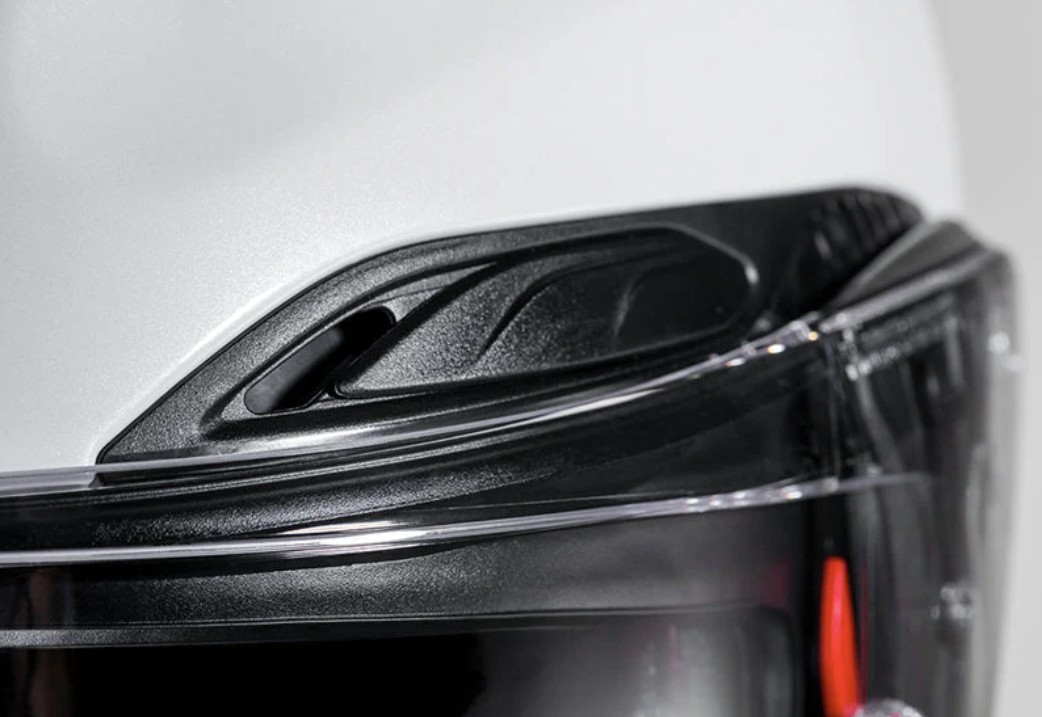
There are five intake and seven exhaust ports on paper, but owners say real‑world airflow is good rather than outstanding. In humid or very hot climates, the vents may not match the C5 or other high‑end European lids. Weather sealing is solid but not as watertight; some wind noise enters through the neck roll.
Visor/Sun Shield & Field of Vision
Schuberth C5: The main visor is optical‑class 1 and comes with a Pinlock 120 insert for fog‑free visibility. It can be cracked open for city riding and locks securely. The internal sun visor drops down smoothly and sits high enough to avoid cutting into the main field of view. Some owners report that the sun‑visor lever can become stiff over time, and the visor may drop if not adjusted properly, though Schuberth offers fixes.

HJC RPHA 91: The RPHA 91’s sun visor is one of its standout features. It operates via a slider and offers three adjustable positions, providing better customization than most drop‑down shades. Riders love its clarity and the fact that the lowest position doesn’t impede vision. The outer shield is Pinlock‑ready (insert included on many models) and uses HJC’s easy‑to‑change ratchet system. Field of view is wide and comparable to the Schuberth. The chin bar locks in the up position, allowing legal open‑face use in some markets.
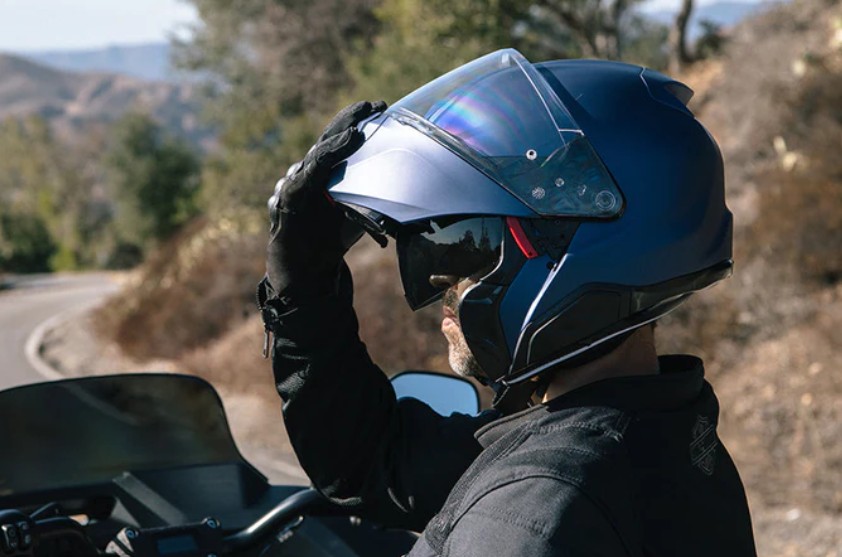
Fit, Comfort & Interior Quality
Schuberth C5: The interior uses antibacterial, moisture‑wicking fabric with soft cheek pads. It’s glasses‑friendly and includes cut‑outs for optional speakers. The Individual Program allows riders to adjust head‑pad thickness to fit long‑oval or round‑oval heads. The microlock buckle is steel‑toothed for durability, though some riders prefer double‑D rings for ultimate security. Overall comfort scores high, but weight and the odd sun‑visor issue may bother some.
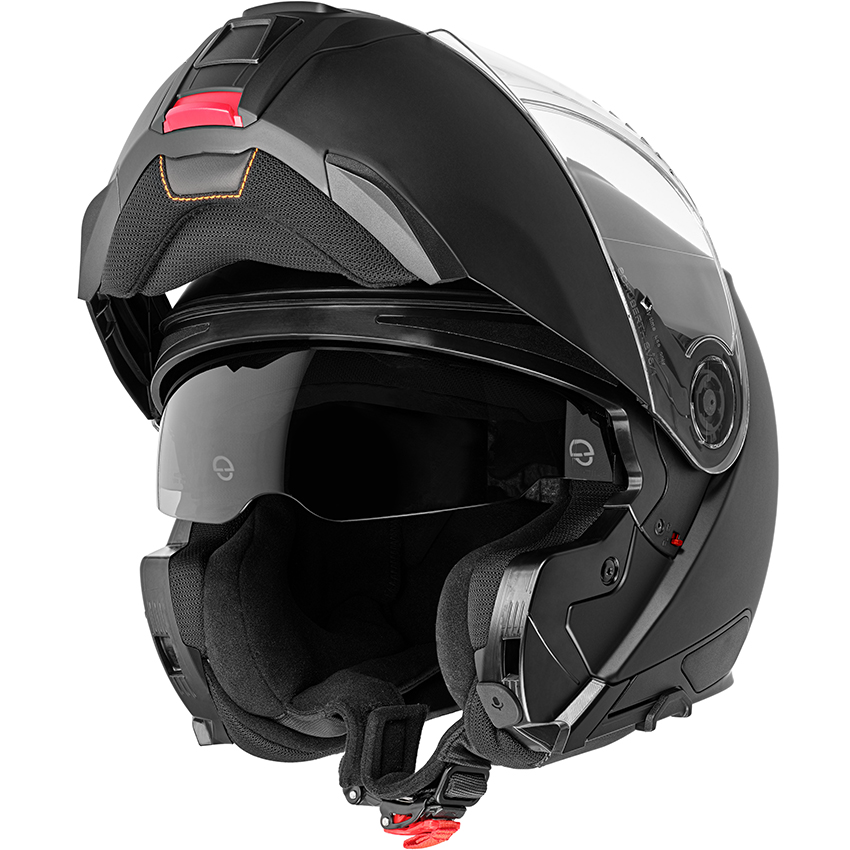
HJC RPHA 91: The RPHA 91’s interior comfort is frequently praised. The cheek pads are soft and the liner is removable and washable. Glasses channels are present. However, HJC doesn’t offer the same custom‑fit program as Schuberth, so the helmet works best for intermediate‑oval heads. The chin‑bar mechanism is easy to operate but can feel stiff when new. Overall build quality is solid but not as refined as the German‑made C5.

Comms‑Ready & Integration
Schuberth C5: The C5 is designed to integrate with Schuberth’s SC2 (made by Sena). Antennas and speakers are pre‑installed, and the battery compartment sits at the rear. Installation is plug‑and‑play; battery life improves because the antennas are built into the shell. This system supports Bluetooth and mesh intercom for large groups and includes advanced noise cancelling.
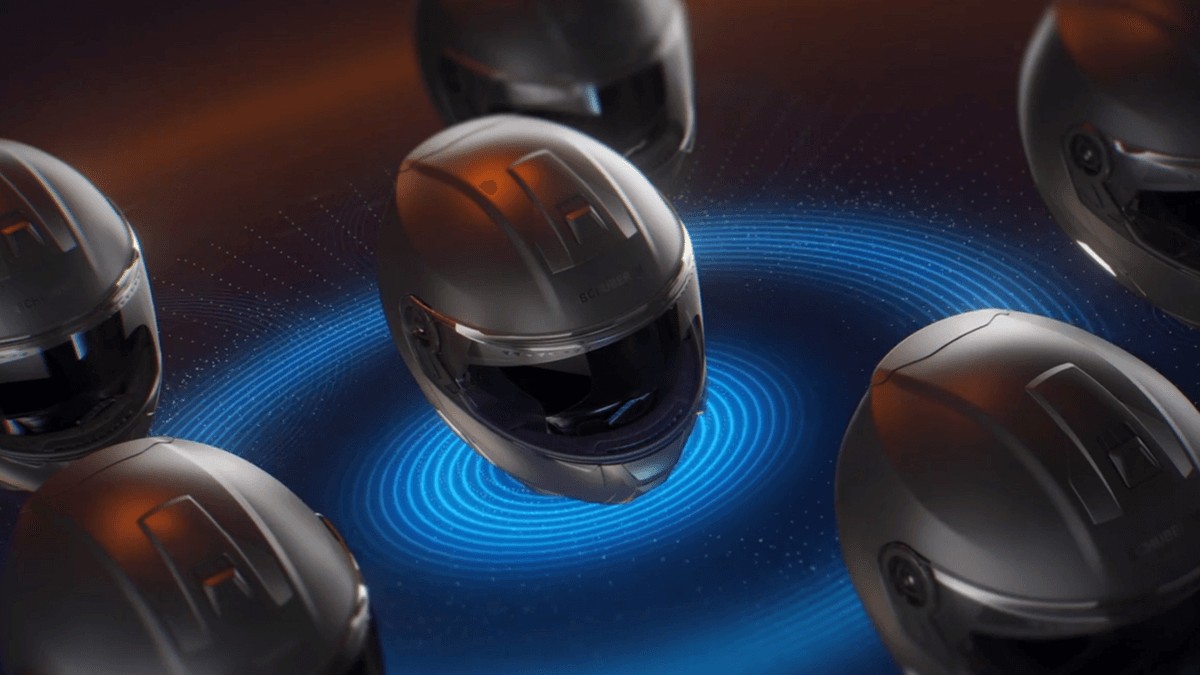
HJC RPHA 91: HJC prepares the RPHA 91 for its own SMART 21B and 50B systems. Speaker pockets and wiring channels are built in, but you must purchase the comm unit separately. These units support Bluetooth and mesh features and integrate fairly cleanly, but installation isn’t as seamless as the C5’s SC2. The helmet also accommodates universal third‑party comms, though fitment may require adhesive mounts.
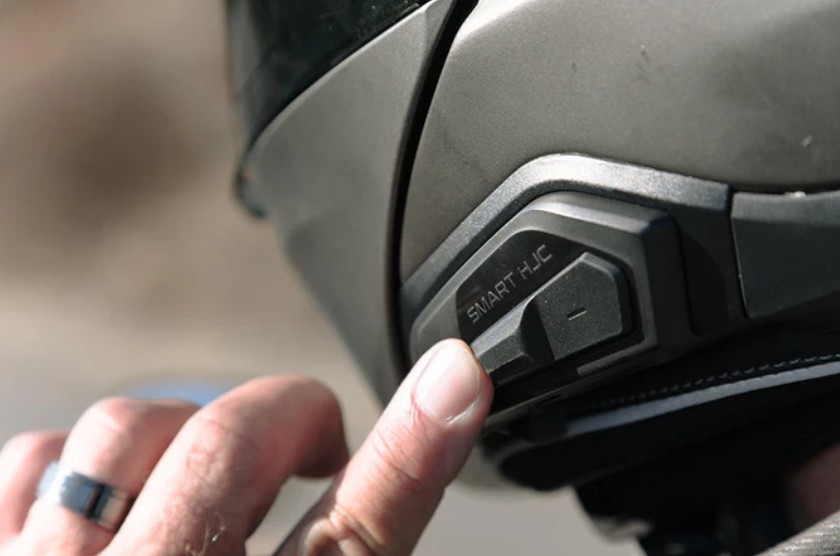
Price vs. Perks: What the Extra Cash Gets You
With street prices around US$750–$870 for the C5 and US$550–$630 for the RPHA 91, the price gap is roughly $200–$250. What do you get for the extra money?
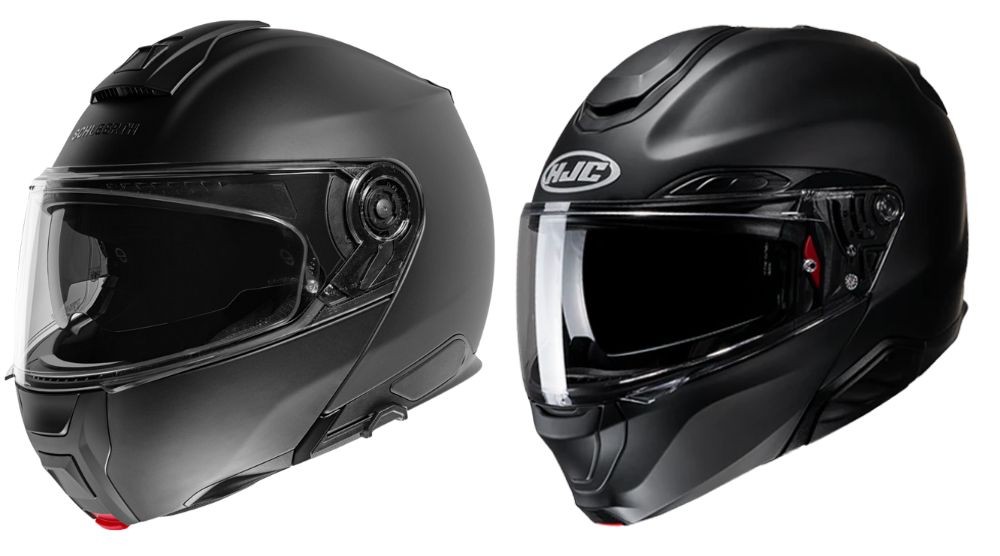
- Noise & comfort: The C5’s quieter shell and better weather sealing reduce fatigue on long rides. If you spend hours at highway speeds, the calmer environment can make the difference between arriving fresh and drained.
- Safety & certification: ECE 22.06 and P/J approval aren’t just marketing; they reflect more stringent impact tests and the ability to ride legally with the chin bar up. The RPHA 91 is DOT‑only in North America.
- Ventilation & climate range: Schuberth’s dual chin vents and top/brow vent design offer better airflow and demisting in hot or wet conditions. The removable filter also helps on dusty backroads—something the RPHA 91 lacks.
- Comms integration: The C5’s pre‑installed antennas and speakers make for a cleaner SC2 installation and longer battery life. HJC’s system works but requires extra steps and does not hide the battery as neatly.
- Build & finish: The C5 feels more refined, with higher‑quality trim, paint and mechanical action. The RPHA 91 is well built but uses more plastic and has looser tolerances.
If those factors matter to you—and you ride long distances or care about the latest safety standards—the C5’s premium is easy to justify. However, if you simply need a comfortable, feature‑rich modular for commuting or shorter tours, the RPHA 91 delivers nearly as much functionality for less.
For more options tailored to distance riders, don’t miss our roundup of the best touring helmets.
Other Helmets Worth a Look
Shoei Neotec 3: The benchmark modular for touring riders who want the quietest ride possible. It offers excellent aerodynamics, robust safety certification (DOT/SNELL in some markets) and high‑end comfort. Priced similarly to the C5; ideal for riders who favour Shoei’s intermediate‑oval fit and double‑D ring closure.
A premium modular helmet built for long-distance comfort and low noise, with a smooth flip-up chin bar, tightly-sealing visor and wide drop down sun shade. Fits the SRL3 Sena comms system seamlessly.
- Comfortable wear all day
- Quiet, aerodynamic performance
- Flip-front convenience at stops
- Integrated comms & sun visor
- Faceshield lock is sometimes stiff
- Heavier weight may fatigue neck on long rides
AGV Tourmodular: A lightweight carbon‑reinforced modular with a sporty profile. Ventilation is strong and the helmet is ECE 22.06 certified. It’s slightly louder than the C5 but lighter and comes ready for AGV’s intercom system. Best for riders who prioritize weight and sport‑touring aesthetics.
A premium modular helmet built for safety comfort and long-distance touring
- Lightweight carbon-aramid-fiberglass shell
- Wide 190° field of view enhances awareness
- Smooth, secure chin-bar flip-up mechanism
- Excellent ventilation and fog-resistant shield
- Eyeglass-friendly interior channels
- P/J lock hard to operate with gloves on
- Replacement cheek pads require tools before removal
HJC i91: A budget‑friendly modular using a polycarbonate shell. It’s heavier and noisier than either the C5 or RPHA 91 but extremely comfortable and costs around US$300–$350. A good option for commuters or occasional tourers who don’t need high‑end materials.
A solid, comfortable, and affordable touring helmet with its fair share of flaws. But for the price and strong necks, it's good value. Read our full review here.
- Super comfortable liner and plush padding
- 3 shell sizes for better fit, look, and weight
- One of the best drop down sun visors in any helmet
- Heavy on the neck
- Flimsy visor that doesn't seal well
Still weighing your options? See our guide to the top modular helmets for more choices across every budget.
Frequently Asked Questions
Are modular helmets as safe as full‑face helmets?
Modern modular helmets from reputable brands can be very safe. The Schuberth C5 meets the latest ECE 22.06 standard and has P/J dual approval, meaning it’s tested to stay intact with the chin bar locked up. The HJC RPHA 91 is DOT‑certified and previous HJC modulars have scored well in independent SHARP tests. However, any modular has more moving parts than a single‑piece full‑face, so it may be slightly less crash‑worthy.

How do I size a modular helmet?
Measure the circumference of your head just above the eyebrows and compare it to the manufacturer’s size chart. Both helmets are intermediate‑oval in shape. Schuberth offers two shell sizes and interchangeable pads to fine‑tune fit, while HJC uses multiple shells but fewer customization options. Always try the helmet on before purchasing to ensure there are no pressure points.
Do these helmets come with Bluetooth built in?
Neither includes a communicator out of the box. The Schuberth C5 is SC2‑ready with antennas and speakers pre‑installed; you purchase the SC2 module separately. The HJC RPHA 91 is SMART HJC ready, requiring a separate 21B or 50B unit. Both helmets will also accept many aftermarket Bluetooth systems.
Is the C5 or RPHA 91 good for glasses wearers?
Yes. Both helmets have glasses channels in the cheek pads. Riders note that the C5 is especially accommodating thanks to its plush liner and adjustable pads; the RPHA 91’s softer interior also works well but may feel snug if your frames are large.
How often should I replace my helmet?
Most manufacturers recommend replacing a helmet every five years or after any significant impact. Both helmets come with a 5‑year warranty, which aligns with this replacement timeframe. If the helmet is dropped or experiences a crash, replace it immediately.
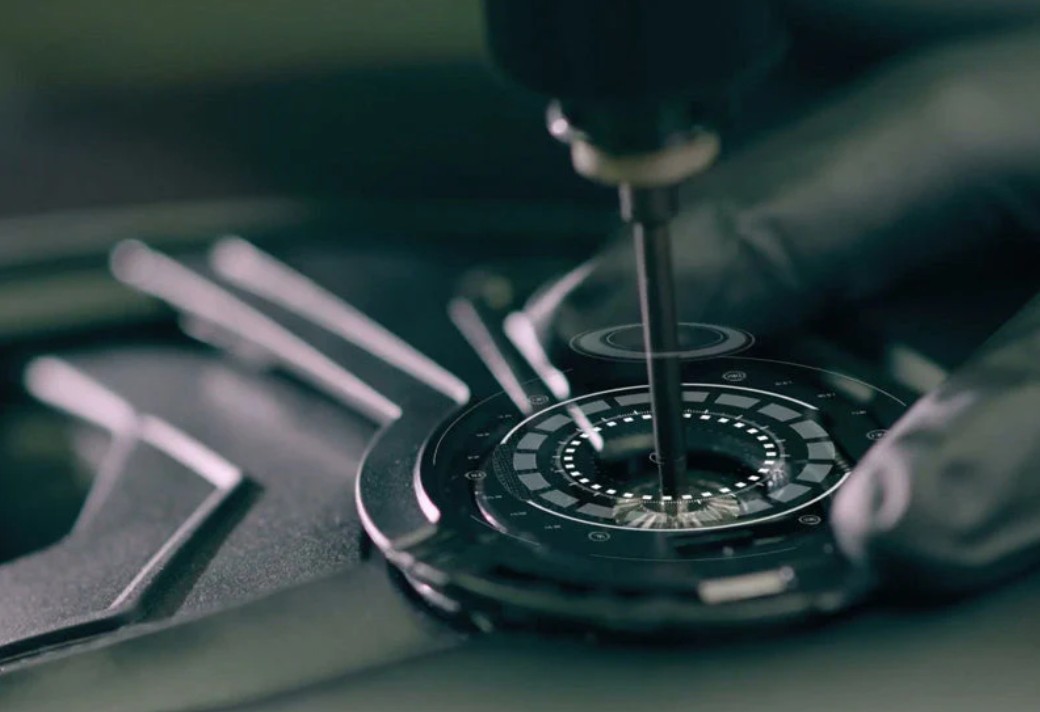
Is the extra weight of a modular helmet noticeable?
Modular helmets generally weigh 150–250 g more than comparable full‑face lids because of the hinge mechanism. Both the C5 and RPHA 91 fall between 3.5–4.0 lb. Riders accustomed to full‑face helmets may notice the difference at first, but most report that the weight is manageable for touring and commuting, especially given the convenience of flip‑front functionality.
Not sure your comms unit will fit?
Sometimes the perfect helmet comes with a catch—it’s designed around a specific Bluetooth unit. That can make it tough if you prefer something different. With an adapter from Tubs Jackson, you can get a factory fit for any comms units on helmets you actually want to ride in.
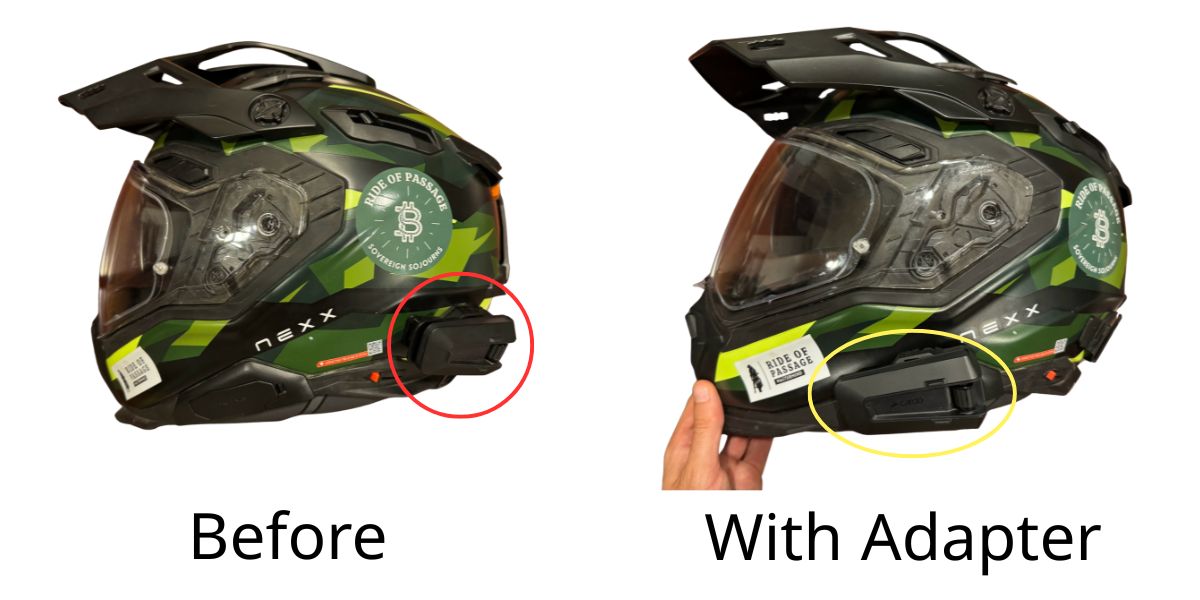
Tubs Jackson is a weird name, I know, but I have their adapter in my Nexx X.WED3 helmet and it’s rock solid. Much nicer than reaching way back to where I had the sticky mount before. I wish I’d thought of this idea.
Tip: Get FREE SHIPPING just by buying here or using code BETTERONTHEROAD at checkout.
Bottom Line: Value vs. Comfort vs. Silence
The Schuberth C5 and HJC RPHA 91 occupy the premium modular segment but cater to slightly different riders. The C5 is the choice for those who want maximum quietness, cutting‑edge safety certification, superior ventilation and seamless comms integration—and are willing to pay for it.
Want the full story on the C5’s performance and the visor fix that costs less than two bucks? Read our detailed C5 review by Melissa for the complete breakdown.
The RPHA 91 appeals to riders who want plush comfort, respectable performance and high‑end materials without stretching to the Schuberth’s price.
Evaluate how much you ride at highway speeds, whether ECE 22.06 dual homologation matters, and how important integrated comms are. That will tell you whether the extra $200 is money well spent.
The quietest touring helmet money can buy, kitted out with all the features you expect for those long days in the saddle. | A premium DOT-rated modular helmet combining composite‑shell strength with a smooth flip‑front, quiet ride and adjustable sun visor for long-distance touring comfort. |
|
|
|
|
The quietest touring helmet money can buy, kitted out with all the features you expect for those long days in the saddle.
- Modular flip up chin bar
- Drop down sun visor
- Space for integrated comms unit
- Many colorway options
- DOT certified, with ECE in EU
- Not the best option for sport or aggressive riding
- On the heavy end (but Carbon version available)
A premium DOT-rated modular helmet combining composite‑shell strength with a smooth flip‑front, quiet ride and adjustable sun visor for long-distance touring comfort.
- Composite PIM Evo shell offers superior impact protection
- Adjustable drop-down sun visor adapts to changing light
- Very quiet for a modular helmet—~96 dB at highway speeds
- Comfortable, plush liner with interchangeable cheek pads
- On the heavy end (but Carbon version available)
Related

Carbon Fiber Modular Helmets: Ultimate Flip-Up Lids
Discover carbon fiber modular helmets that deliver flip-up convenience, lightweight strength, and serious protection for every ride.

